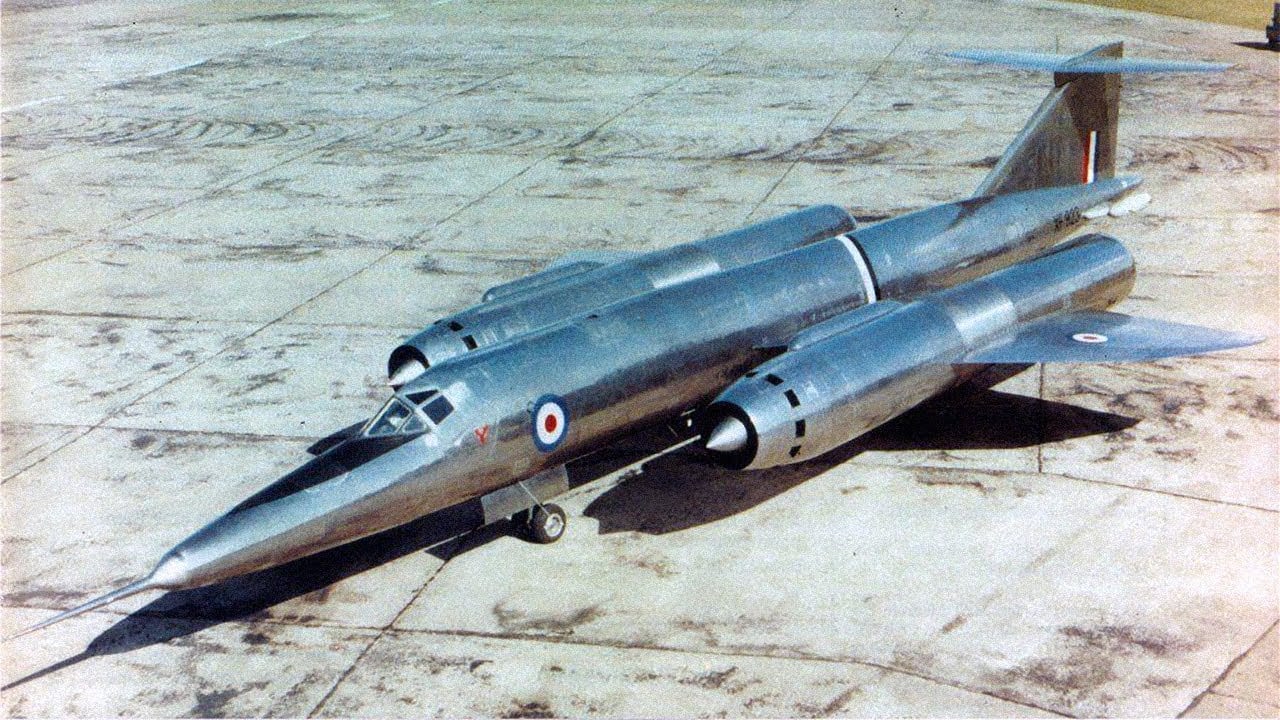The Pentagon's recent approval of a classified strategy to counter drone threats underscores a critical shift in military operations, addressing the urgent and evolving risks posed by weaponized unmanned aerial systems (UAS). Defense Secretary Lloyd Austin's directive aims to unify the military's response to these threats, which have intensified in recent years, particularly from Iran-backed groups and in conflicts like the war in Ukraine. The strategy reflects a growing recognition that unmanned systems represent a persistent danger to U.S. personnel and facilities, necessitating a cohesive approach to mitigate these risks effectively.
The strategy outlines a comprehensive framework that includes enhancing detection capabilities, launching targeted counter-campaigns, and integrating counter-drone defense into military doctrine. By prioritizing rapid deployment of off-the-shelf technologies and fostering partnerships with Congress and industry, the Department of Defense aims to establish a robust counter-UAS capability. This initiative not only sets a foundation for immediate action but also emphasizes the need for ongoing adaptation to the dynamic threat landscape, ensuring that the military remains prepared to confront the challenges posed by adversarial unmanned systems.









